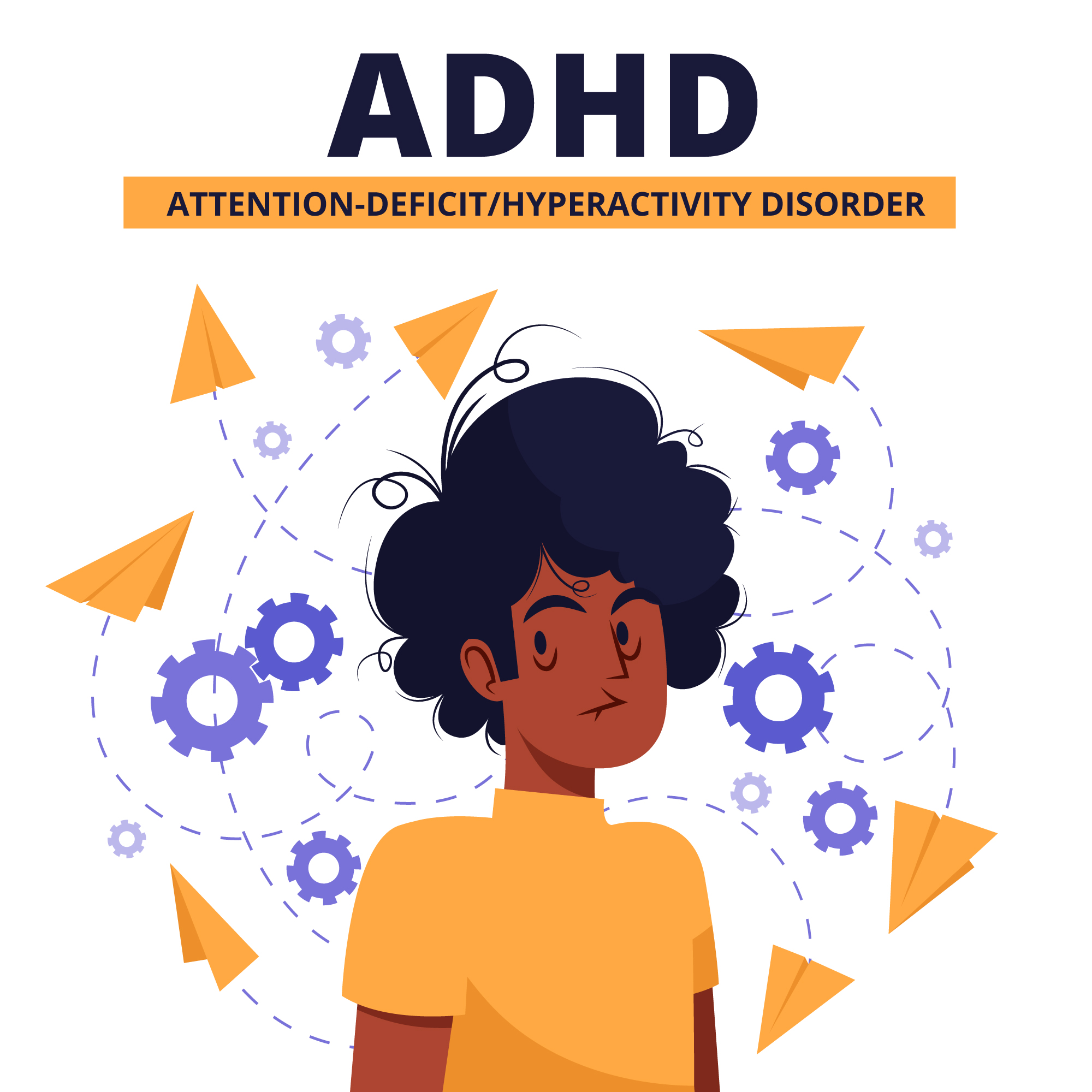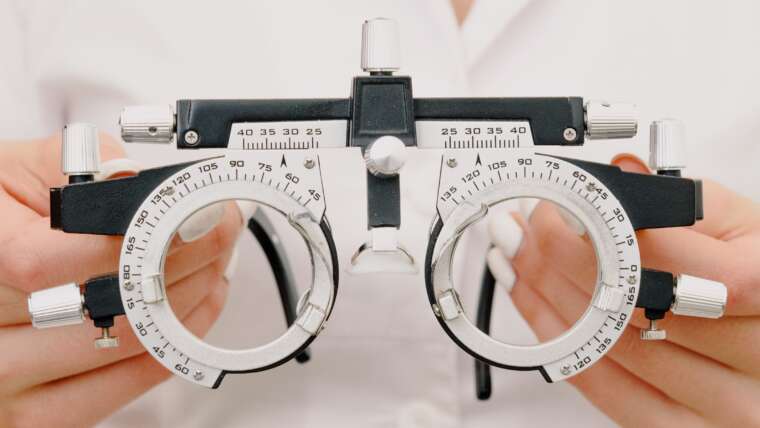
Attention deficit hyperactivity disorder often appears in children as young as four, although more are diagnosed closer to the age of 12. Those who do not receive treatment for their ADHD, or those whose ADHD is not as prevalent, often turn into adults with ADHD. This condition can significantly affect academic, social, family, and career life, so it helps to know what to look for to self diagnose ADHD. Once you identify it, the right treatment can begin.
Table of Contents
Differences Between Adult and Children
Attention deficit hyperactivity disorder is the same condition in both children and adults, but it often manifests differently. The symptoms in adults may also be more subtle, which makes it more difficult to diagnose.
Adults
Symptoms in adults often show up as:
- Feeling constantly overwhelmed
- Frequent restlessness
- Procrastination
- Constant focus shifts
- Difficulty planning
- Challenges with making decisions
Adults with ADHD may change jobs frequently, especially if the positions require organization, sedentary work, or decision making. They may also struggle with relationships.
Children
Symptoms for children may show up as inattentiveness, hyperactivity, or both. Common symptoms include:
- Trouble paying attention in class or while doing homework
- Difficulty following instructions and completing tasks
- Fidgeting or squirming in class
- Blurting out answers, interrupting others, or talking too much
- Forgetfulness or frequently losing items
- Easily distracted
Diagnosing ADHD in children can also be difficult because being active and inattentive is normal for children at certain times. However, if the symptoms persist and interfere with both school and home life, ADHD is a strong possibility.
Symptoms of ADHD in Girls
ADHD used to be diagnosed more in males than females. One of the reasons is that the condition often appears different in girls than in boys. If you have a daughter, it may help to have an ADHD in girls checklist.
ADHD in girls typically falls more under inattentiveness than hyperactivity. Common symptoms include:
- Shyness or appears withdrawn
- Frequent daydreaming
- Cries and gets upset easily
- Overly sensitive to noise, emotions, and fabric
- Messy and disorganized
As girls get older, ADHD characteristics in teenagers may appear as social rejection struggles, anxiety, shyness, poor impulse control, and low self-esteem.
Treatment Options
If you self-diagnose ADHD in yourself or your child, you should make an appointment with your doctor to get a formal diagnosis and explore treatment options. For adults, a combination of prescription drugs and therapy is often recommended.
The use of prescription meds is more controversial in kids. The side effects can be intense, and most are not appropriate for young children. The good news is that there are over the counter meds for an ADHD child that are safe and effective. Not only do they reduce symptoms such as lack of focus and hyperactivity, but they also manage anxiety and irritability.
Both children and adults benefit from therapy. Cognitive behavioral therapy is the most common. Therapy and training for parents is also beneficial for kids with ADHD, as they help parents work with their child at home to identify and come up with ways to change unwanted behaviors.


